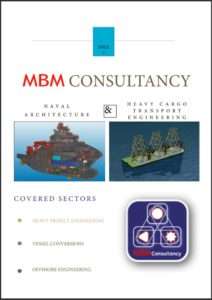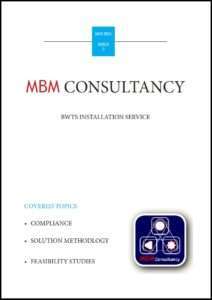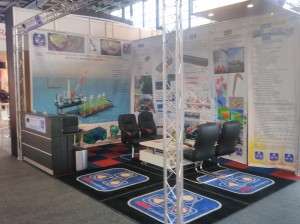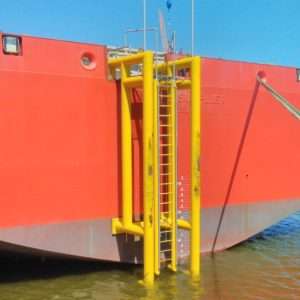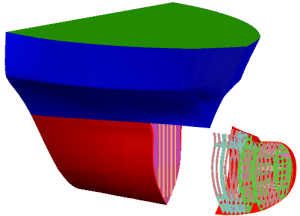Design Characteristics of LPG and LNG carrier vessels
The increasing demand for alternative fuel has led to the significant rise in the number of ships designed to carry liquefied gas. These ships mainly transport Liquefied Petroleum Gas (LPG) and Liquefied Natural Gas (LNG). Both have unique properties and characteristics that require specific design considerations. Keep reading to learn more about the design characteristics of LNG vessels and LPG carriers. And learn how MBM can help you.
Composition and Properties of LPG and LNG vessels
LPG is a byproduct of the refining of crude oil and natural gas processing. It mainly consists of propane, butane, and their mixtures. The physical and chemical properties of LPG vary depending on its composition. LPG is a colorless and odorless gas, which is liquefied under pressure to make it easier to transport.
On the other hand, LNG is a clear, odorless, and non-toxic liquid. Cooling natural gas to -162°C creates LNG, which consists of methane, ethane, propane, and other hydrocarbons. It has a low density and requires cryogenic temperatures to keep it in a liquid state during transportation.
Tank Design
Special materials are used to construct the tanks for LPG and LNG carriers. These need to withstand the low temperatures and high pressures involved in the transportation of these gases. LPG carriers typically have spherical or cylindrical tanks designed to handle high pressure. While LNG carriers have larger cylindrical tanks with insulation to maintain the low temperatures required to keep the LNG in a liquid state.
Propulsion Systems
LPG carriers and LNG vessels have different propulsion systems. LPG carriers usually have diesel engines, while LNG vessels have dual-fuel engines that can operate on both natural gas and diesel.
Cargo Handling Systems
The cargo handling systems for LPG and LNG vessels are different due to the different properties of the two gases. LPG carriers have pumps and compressors that are used to load and discharge the cargo. On the other hand, LNG vessels have a cargo handling system that includes:
- pumps
- compressors
- and heat exchangers to maintain the low temperatures required for LNG.
Conclusion
The design of these vessels takes into consideration the unique properties and characteristics of LPG and LNG. This includes their composition, density, and low temperatures. The tanks, propulsion systems, and cargo handling systems used in LPG carriers and LNG vessels vary due to the different properties of the two gases. Understanding the design characteristics of these vessels is crucial to ensure the safe transportation of liquefied gas.
MBM Consultancy is a leading maritime engineering consultancy that specializes in providing services related to the design and construction of various types of vessels, including liquefied gas carriers such as LPG and LNG vessels.
We have a team of experienced engineers and naval architects who are well-versed in the design characteristics and regulations of liquefied gas carriers. Our team can provide expert advice and guidance on the design, construction, and operation of these vessels to ensure they meet all safety and regulatory requirements.
Moreover, At MBM we offer a wide range of services for LPG and LNG carriers, including design optimization, structural analysis, stability calculations, and risk assessment. Our clients can benefit from MBM’s expertise and knowledge in the field of designing and building liquefied gas carriers, such as LPG and LNG vessels, to ensure the highest standards of safety and performance are met.
